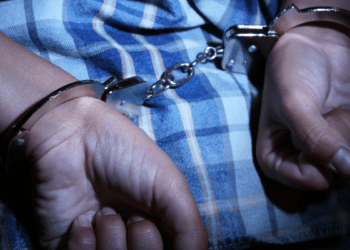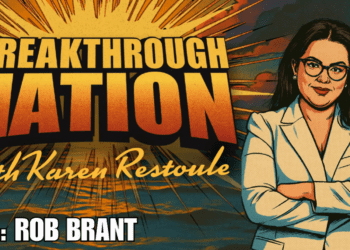By Laryssa Waler Hetmanczuk and Matthew Bondy, October 13, 2022
On October 10, Vladimir Putin ordered and oversaw a massive barrage of missile strikes against targets in central, northeastern and western Ukraine.
Targets included a busy playground in the centre of Kyiv and a pedestrian bridge with a glass floor, popular with tourists and considered relatively immune from attacks given the absence of vehicles.
These targets – and other non-military targets including a university, commerce centres and parks – demonstrated Russia’s intention: to kill civilians.
This is clearly a war crime as defined by the United Nations. Specifically, the attacks represented extensive destruction “not justified by military necessity” by “intentionally directing attacks against the civilian population.”
The international community, including Canada, is not only justified in intervening, but is obligated to do so.
In 2005, United Nations member states, including Canada, unanimously adopted the doctrine of the Responsibility to Protect (R2P). The doctrine provides a legal responsibility for the international community to protect populations from genocide, war crimes, crimes against humanity, and ethnic cleansing, including by encouraging and assisting individual states in meeting that responsibility.
To its credit, NATO – which Ukraine rightly seeks to join for its protection – has already convened a dialogue on how to respond in a way that supports Ukraine. It is encouraging that the alliance is warming up to providing a great deal more surface-to-air defences to Ukraine to aid in its defence from such attacks.
Still, that falls short.
Ukraine needs a safe sky strategy to secure its sovereign air superiority. Such a strategy will require a massive supply of surface-to-air defences, surveillance equipment, and aircraft from NATO and allied member countries.
This differs from a NATO-administered no fly zone, which could represent a potentially spiraling escalation in the conflict, even if morally justified. As the Center for Strategic and International Studies notes, a “no fly zone would cede initiative to Russia,” allowing the embattled Putin regime to decide how it wants to respond and to further test the alliance by downing NATO aircraft in a way that ensures plausible deniability.
Rather a safe sky strategy would allow Ukraine to implement and administer an effective solution on its own. Massive supplies of material and technical training from NATO allies can be provided without crossing a red line.
For the first time during this conflict, such a significant strategic move is starting to look politically plausible for three key reasons.
First, Eastern European nations have long-considered sending portions of their fighter jet fleets to Ukraine, in a move reminiscent of the “lend-lease agreement” that saw the United States feed airpower to the British Commonwealth in World War II by dropping planes off near the Canada-US 49th parallel.
Putin’s wanton cruelty should revive this consideration immediately.
Second, Germany has moved closer to mass materiel support for Ukraine by abandoning its long-standing, post-World War II policy of never arming warring countries. German Chancellor Olaf Scholz announced this fall that Berlin would send 1,000 anti-tank weapons and 500 stinger missiles to help Ukraine defend itself.
And third, on October 13 it was announced that 14 NATO allies and Finland have agreed to establish a new European Sky Shield initiative to protect their own skies from Russian missile attacks going forward.
It would be morally reprehensible for European states, under the safety of the NATO security umbrella, to further protect themselves from hypothetical attacks while just next door Ukrainian civilians are being murdered by real ones.
At this point in the war, when Ukraine has the strategic initiative and Putin’s thug regime has committed war crimes at scale for all the world to see, it’s time to move forward with a massive air defence mobilization to help Ukraine close its skies and win the war.
And, as a key contributor to the establishment of the R2P doctrine and a trusted partner on the world stage, Canada could lead this initiative.
Our small but diplomatically savvy nation could make an outsized contribution to winning the war by driving a campaign to arm a Ukrainian safe sky strategy while working behind the scenes to ensure Ukraine’s rapid accession to NATO the moment her lands are cleared of invaders.
That would be a contribution worthy of Canada’s highest ideals.
Laryssa Waler Hetmanczuk is a public affairs strategist and was recently sanctioned by the Russian regime. Matthew Bondy, a former Army reservist, writes independently on public policy and national security.






